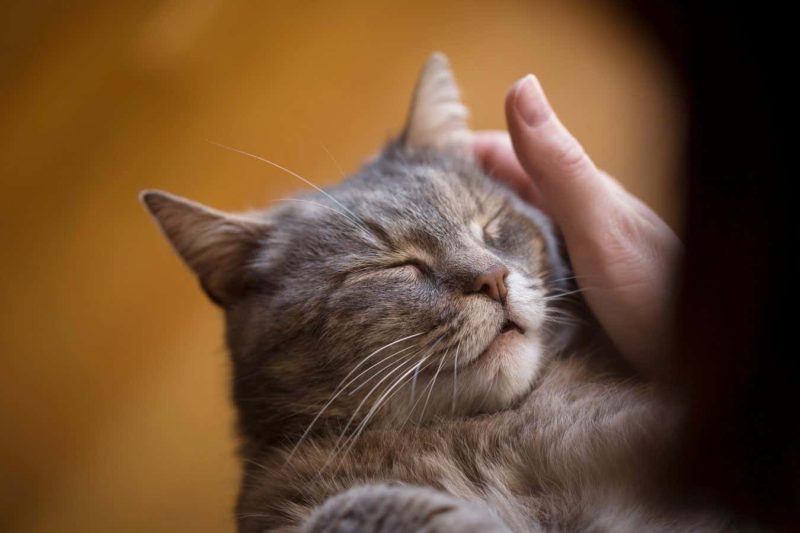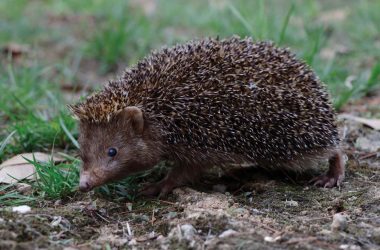Cats often purr when they are being stroked
Impact Photography/Shutterstock
Scientists have long been puzzled by the mechanism behind a cat’s ability to produce a deep vibrating sound when it purrs, but a recent study has shed some light on this mystery.
According to Christian Herbst at the University of Vienna in Austria, the pitch of the sound an animal makes is typically determined by the size of its vocal folds. Vocal folds are two bands of smooth muscle tissue located in the larynx, a tube in the neck that allows air to pass through for sound production.
“Usually, larger animals have longer vocal folds, which produce lower frequency sounds,” explains Herbst.
However, domestic cats, despite their small size, are capable of purring – a behavior that is also observed in some wild species such as cheetahs and lynxes. This has led scientists to question the typical explanation based on vocal fold size.
Herbst and his colleagues decided to investigate the hypothesis that purring is related to muscle contractions in the larynx.
For their study, they examined the larynxes of eight domestic cats that had been euthanized due to illness. They discovered that when air was passed through the larynxes, they produced a purring sound, indicating that muscle contractions are not necessary. Instead, the sound is made possible by connective tissue embedded in the vocal folds, which lowers the frequency of the produced sounds.
While this study provides valuable insights, it is important to note that it does not completely dismiss the possibility that muscle contractions may play a role in enhancing purring sounds in live cats, notes Herbst.
The reason why cats purr is still uncertain. In some cases, purring is associated with contentment and as an encouragement for further interaction. It has also been suggested that purring can serve as a soothing mechanism and promote healing after an injury.
Article amended on 3 October 2023
We removed an incorrect statement about the connective tissue structures in the cat larynx.
Topics:












